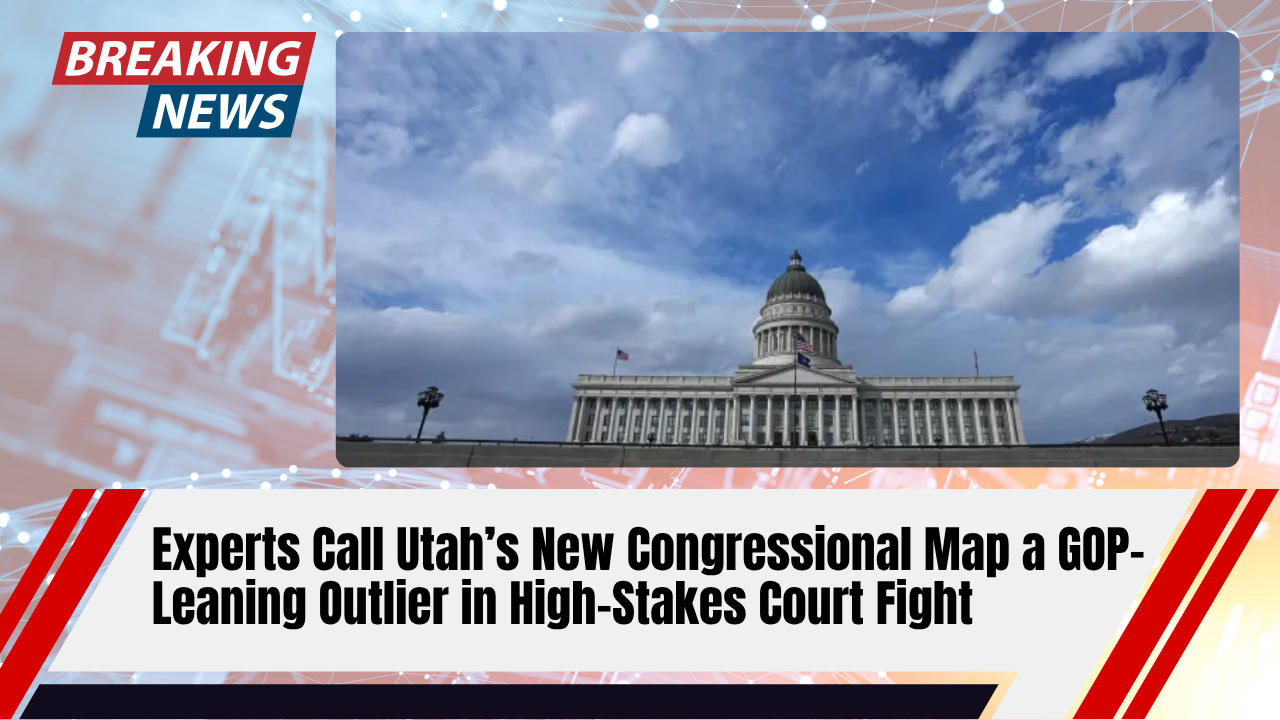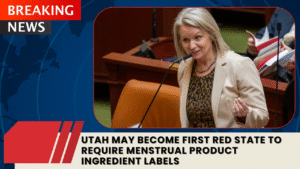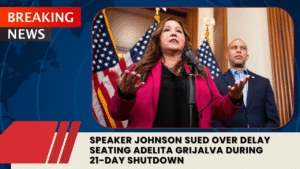Utah’s redistricting battle moved into a decisive phase as two political scientists told a Salt Lake City court that the Legislature’s newly adopted congressional map locks in four safe Republican seats and falls outside what neutral criteria would produce.
Why the plaintiffs say the map is an outlier
University of Michigan professor Jowei Chen testified that he generated 10,000 computer-drawn maps using Utah’s neutral redistricting rules. In his analysis, more than 99% of those maps created at least one Democratic-leaning district. The Legislature’s plan created none, which Chen called an “extreme partisan outlier.” He said the enacted plan “cracks” Democratic voters across districts to ensure consistent GOP wins.
Georgetown University professor Chris Warshaw reached a similar conclusion after running several fairness metrics. He said the Legislature’s map “unduly favors the Republican Party,” while the plaintiffs’ alternatives are politically neutral.
The legal standard: Proposition 4
Judge Dianna Gibson must choose between three maps—the Legislature’s and two offered by the plaintiffs—under the standards of Proposition 4 (the voter-approved Better Boundaries initiative). After the Utah Supreme Court ruled last year that lawmakers acted unconstitutionally in stripping away that initiative, Gibson reaffirmed in August that Prop 4 is binding law. She faces a Nov. 10 deadline to select a map so county clerks can prepare for the 2026 midterms.
The testing controversy: “Utah paradox”
Warshaw criticized the Legislature’s preferred tests for detecting gerrymanders, arguing they fail in states like Utah with few districts and a dominant party. He noted the so-called “Utah paradox”: when the partisan-bias formula is applied here, maps with even a single Democratic-leaning district can be flagged as pro-GOP gerrymanders and fail, while 4–0 Republican maps can pass. He also called the mean-median test “among the worst” for Utah’s structure and suggested supplementing with other metrics (like the efficiency gap) rather than relying on a narrow set.
County splits, compactness, and the Legislature’s experts
Chen criticized large comparison sets produced for the Legislature by Sean Trende and BYU’s Michael Barber, saying many of those maps violate basic criteria such as limiting county splits and preserving compactness. None of Chen’s 10,000 maps split more than three counties; more than half of Trende’s maps split seven or more. The more counties are sliced and districts stretched, Chen said, the more likely a map is to mirror the GOP’s statewide advantage and yield four safe Republican seats.
Under cross-examination by legislative attorney Soren Geiger, Chen defended his algorithm and explained why many of his maps draw a Democratic-leaning district in northern Salt Lake County: keeping Bluffdale and Draper together in the south while respecting the Great Salt Lake in the north naturally pulls lines that way. He acknowledged an east–west split could work in some cases and said some of his maps do that as well.
GOP’s separate push—and a pivot
As the court weighs boundaries, the Utah Republican Party had been preparing an “indirect initiative” to repeal Prop 4. Late Friday, party leaders abruptly shifted tactics and canceled a slate of public hearings scheduled across multiple regions.
What’s next
Attorneys for the Legislature will present their defense next, with testimony expected from Trende, Barber, and Caltech’s Jonathan Katz. Judge Gibson’s ruling will decide whether Utah’s districts follow the voter-approved guardrails of Proposition 4—or whether the Legislature’s four-seat Republican map remains in place for 2026.



